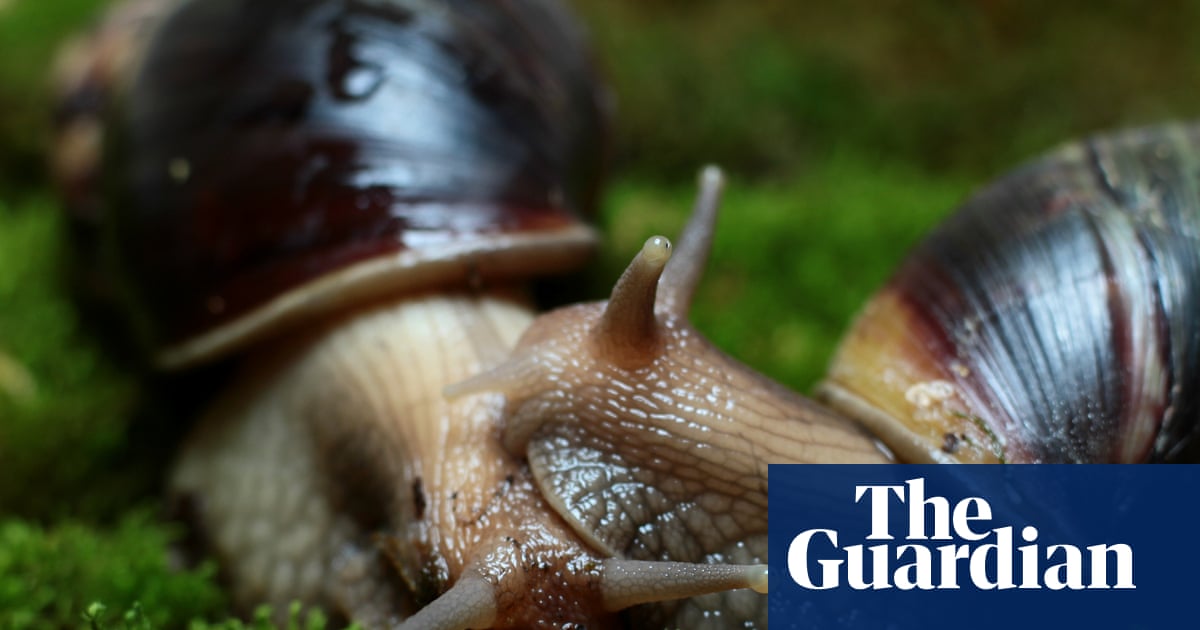
"The question is based on a misperception. Big chunks of the phylogenetic tree of animals are hermaphroditic. There is a distinction between simultaneous hermaphroditism, where two different gonads occur in the same animal at the same time, and other forms of hermaphroditism called sequential where an animal can morph from male to female or vice versa. If you take together all these, this is a lot of animals and most angiosperm plants, too."
"While common garden snails are hermaphroditic, not all molluscs are. Some are sequential hermaphrodites, but many have separate sexes and exhibit extreme sexual dimorphism, such as the paper nautilus [a species of octopus]. Investment in eggs often requires a larger body size, or at least larger female cells. If the female has to care for the eggs or young, this also requires more investment in growth. I suspect there is a link between hermaphroditism and lifespan, and whether the animal is viviparous or oviparous."
Large parts of animal phylogeny are hermaphroditic, including simultaneous hermaphrodites with both gonads and sequential hermaphrodites that change sex. Many angiosperm plants are hermaphroditic. Separate sexes evolve when mate-finding is easy because specialization optimizes male or female traits. Investing in both reproductive systems is costly and can be disadvantageous when resources are limited. Some molluscs show separate sexes and extreme sexual dimorphism, with egg production favoring larger body size or larger female cells. Female parental care increases growth investment. Hermaphroditism may correlate with lifespan and with whether species are viviparous or oviparous.
Read at www.theguardian.com
Unable to calculate read time
Collection
[
|
...
]